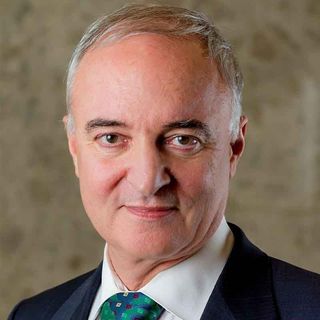If you’re dealing with a thick, raised scar that keeps growing past the original injury, you’re not imagining it; that’s how keloids behave. They can itch, feel tender, and draw attention in ways you don’t want. It’s totally normal to wonder if a laser could just “erase” it. However, before coming to any decision, you need to understand the relation between keloids and CO2 lasers.
What is a Keloid?
A keloid is a type of scar that forms when the body’s healing process goes into “overdrive.” Instead of stopping once the skin has closed, the body continues producing excess collagen, which causes the scar to become thick, raised, and larger than the original wound.
Unlike normal scars, keloids can spread beyond the boundaries of the initial cut, burn, piercing, or acne spot. They may appear shiny, feel firm or rubbery, and sometimes cause itching, tenderness, or even pain. Common places where keloids form include the chest, shoulders, earlobes, jawline, and upper back.
It’s important to know that keloids are harmless growths, but they can really affect how you feel about yourself and even cause physical discomfort. Some people are more prone to them due to genetics, and they’re more common in individuals with darker skin.
Why keloids scars are so frustrating
Keloids are different from typical scars. Instead of stopping at the wound edge, they overgrow past the original boundary and may keep piling on collagen for months. That’s why a one‑and‑done approach often disappoints and why some treatments need maintenance. Many people also notice itching or tenderness, which can be as bothersome as the look of the scar itself.
What are CO2 Lasers?
A CO2 laser (carbon dioxide laser) is a medical device that uses concentrated light energy to precisely remove thin layers of skin by targeting water in the tissue. It stimulates new collagen growth, helping to smooth and soften the skin, improve scars, and treat wrinkles or growths. While it doesn’t erase scars completely, it can make them flatter and less noticeable, often with multiple treatments and some healing time.
Now What is the Relation Between the Two?
The relationship between keloids and CO2 lasers lies in how the laser can be used to manage, though not cure, these scars.
Keloids form when the body produces too much collagen during healing, creating a thick, raised scar that grows beyond the original wound. A CO2 laser helps by carefully vaporizing very thin layers of the scar tissue and stimulating controlled healing. This process can flatten, soften, and lighten keloids, making them less noticeable and sometimes less itchy or painful.
Can CO2 Laser Remove Keloid Scars?
CO2 laser won’t completely remove a keloid, but it can help flatten it, soften the texture, and lighten the color, especially as part of a combined treatment plan. Dermatology guidance also makes a key point: no laser can make any scar totally disappear, the goal is improve, not a complete removal.
Can CO2 laser “remove” a keloid for good?
Here’s the nuance:
- Research is mixed. Some studies show meaningful improvement with fractional CO2, while broader evidence reviews say it’s still uncertain how much benefit CO2 alone provides for keloids. In practice, that’s why providers usually bundle laser with other therapies.
- Surgery or laser “cutting out” a keloid by itself tends to have a high chance of coming back unless you add other treatments (like pressure earrings for earlobe keloids, cryotherapy, or steroid injections).
Is CO2 laser safe for darker skin?
It can be, with the right settings and plan. In patients with skin of color, careful spacing of pulses and customized parameters have shown improvements in pliability, height, and pigmentation with a low rate of color change when performed by experienced providers. You and your specialist should discuss risks of temporary hyperpigmentation or light spots and how to reduce them.
What to expect if you’re a candidate
- Number of sessions: Most people need a series of treatments for noticeable change. Improvements continue over time as collagen remodels.
- Downtime: Expect a few days of redness, swelling, and flaking in the treated area.
Aftercare: Sun protection is non‑negotiable. Following your provider’s instructions helps maximize results and lower side‑effect risk.
Your Eastside Destination for Keloid Treatment and Support
Northwest Face & Body treats keloids for patients from Kirkland, Bellevue, Seattle, and the greater Eastside. We’re located at 3100 Carillon Point, Kirkland, WA, and you can call us at (425) 576‑1700 or book online to talk through your options and get a plan that fits you. We’re here to help you feel comfortable in your skin again.
Read more:
Where Is The Scar For Lower Blepharoplasty?






